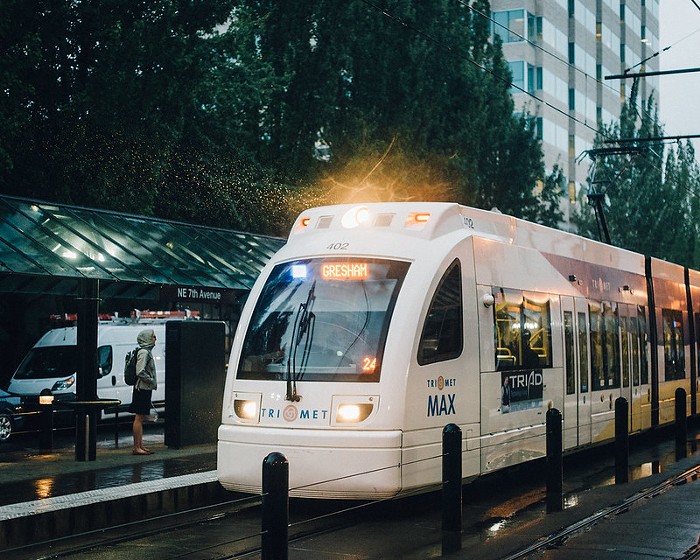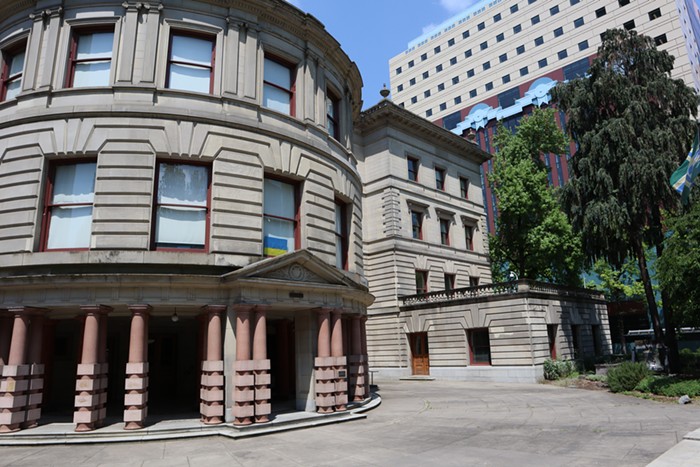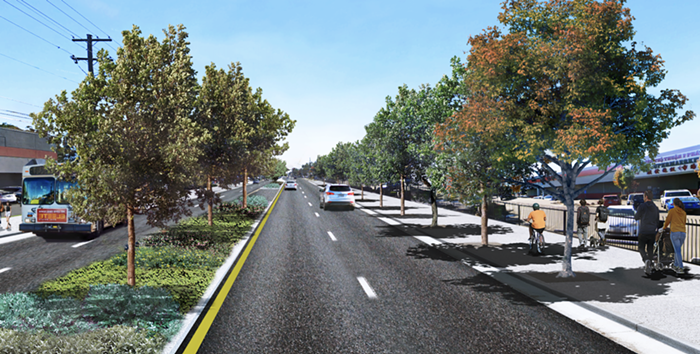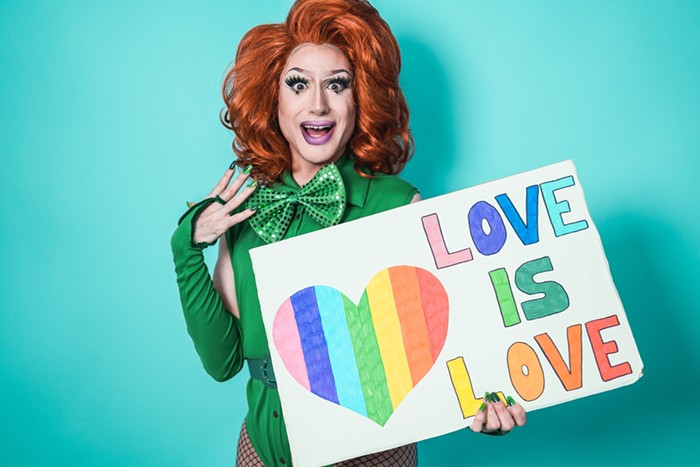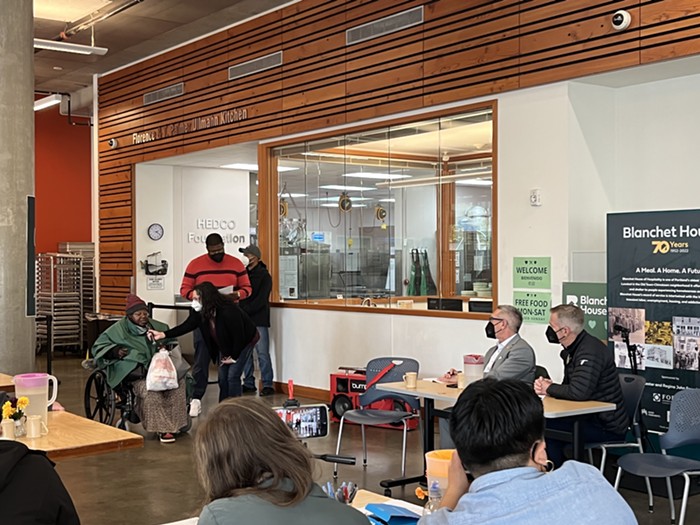Buried within the provisions of the park levy was a $500,000 allocation for two new skateparks within Portland. But, like the rest of the wish list pulled together by Parks and Recreation, all thoughts of new construction are put on hold as the Bureau tries to maintain its current facilities.
Portland currently has two outdoor skating parks--a novice park in St. Johns and an advanced park under the east side of the Burnside Bridge. The Burnside site, a homegrown endeavor designed by a group of skaters in an empty parking lot, has become a top-ranked skating park. But Paul Fujita, manager of downtown Cal Skate Skateboards, says Burnside can't serve the entire city.
"There aren't enough spots in Portland. We need parks with bowls and ramps, but also street." Fujita, who contributed to the Burnside design, says skateboarders have to carpool to parks in the suburbs, pay to skate at the indoor Department of Skating, or simply skate on whatever they can find.
Darlene Carlson, Parks Liason for Commissioner Jim Francesconi, says the Bureau knows it has a large constituency clamoring for skateparks. But, because of increased metro population density, there are lots of groups demanding space for activities ranging from soccer and lacrosse to off-leash areas for dogs. "We have many new demands and skateboarding is one of them, but we have no other money," says Carson.
As a possible remedy, City Council voted unanimously last week to put the parks levy on the November ballot. If approved, the levy will tax property owners 39¢/$1,000 of their assessed value for five years, generating approximately $8.9 million in the first year. But even if the levy passes in November, money won't be available until the fiscal year of 2003-2004. Until then, the Bureau says there isn't even enough money to start making preliminary plans.
